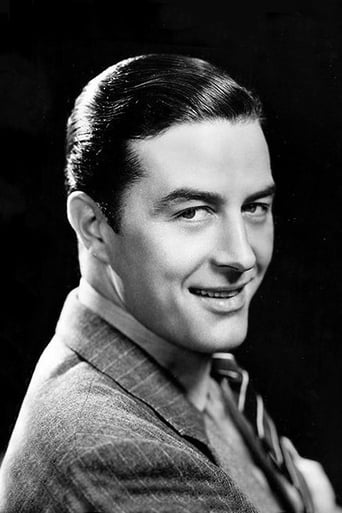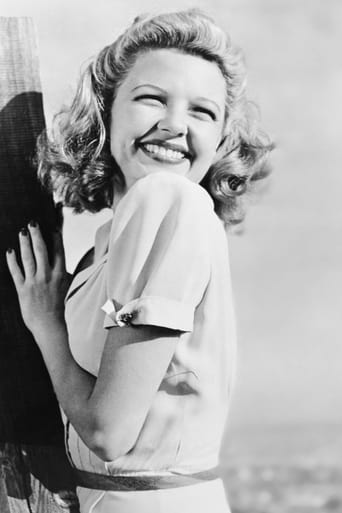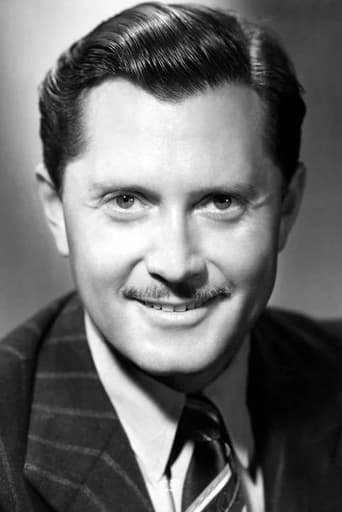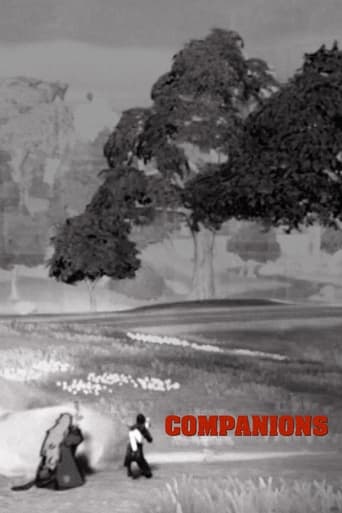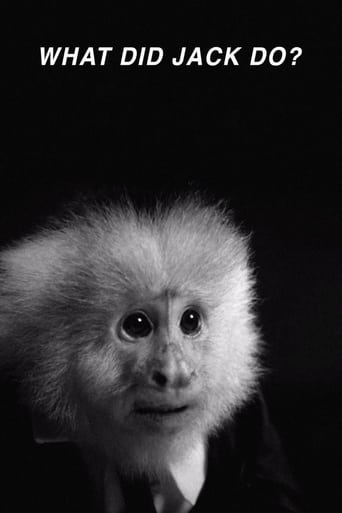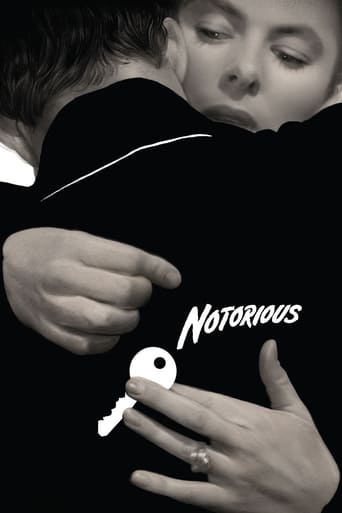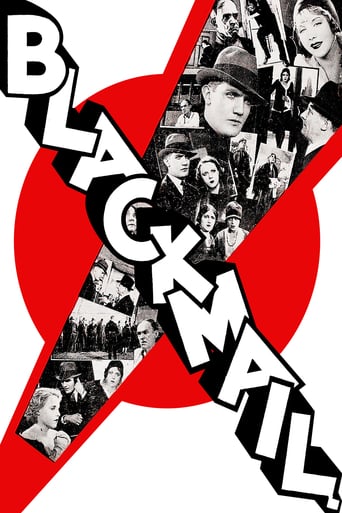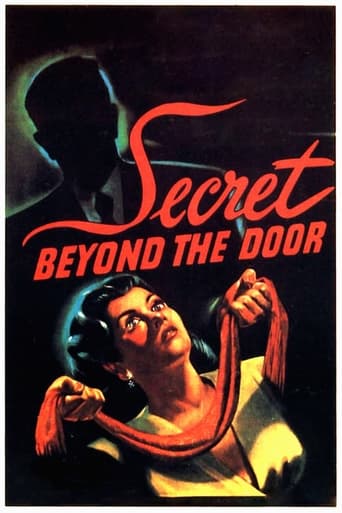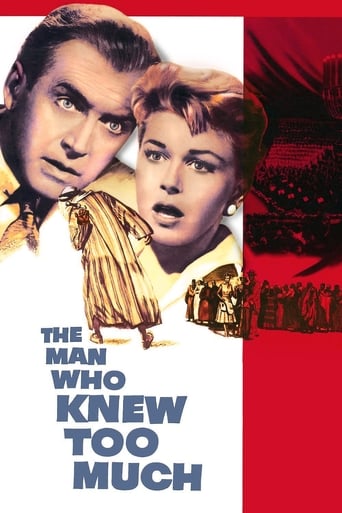
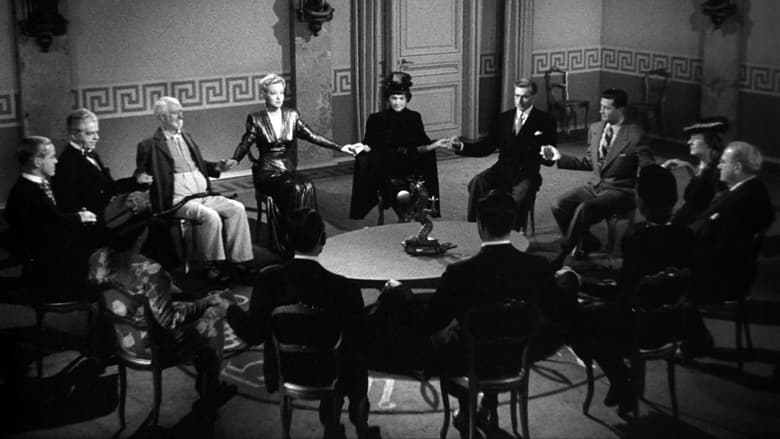
Ministry of Fear (1944)
Stephen Neale is released into WWII England after two years in an asylum, but it doesn't seem so sane outside either. On his way back to London to rejoin civilization, he stumbles across a murderous spy ring and doesn't quite know to whom to turn.
Watch Trailer
Cast
Similar titles
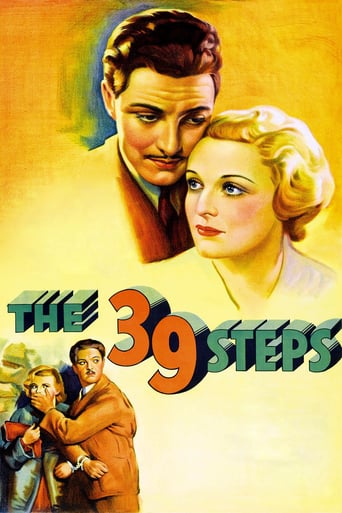
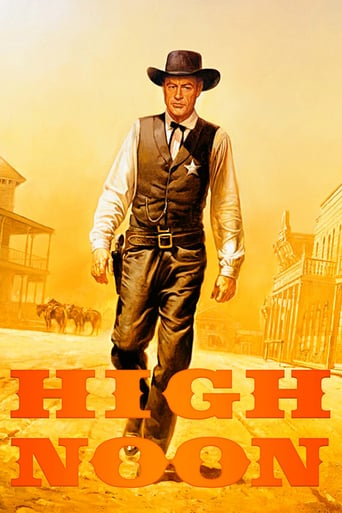
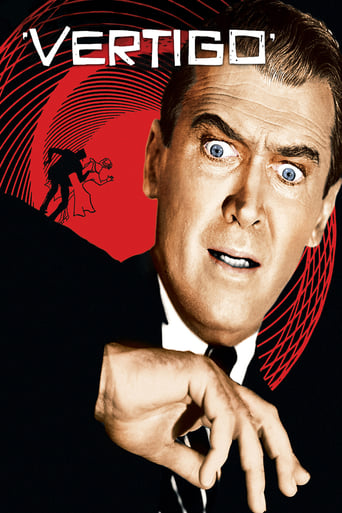
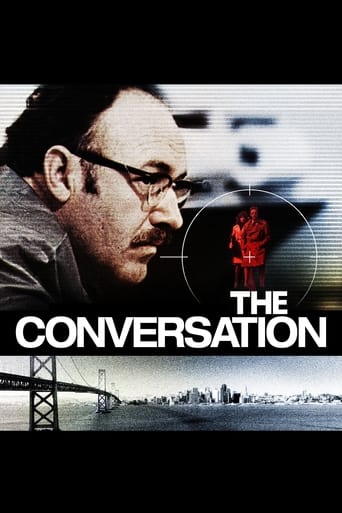
Reviews
Save your money for something good and enjoyable
everything you have heard about this movie is true.
A lot of perfectly good film show their cards early, establish a unique premise and let the audience explore a topic at a leisurely pace, without much in terms of surprise. this film is not one of those films.
This movie feels like it was made purely to piss off people who want good shows
Can we say that Fritz Lange was a genius of the noir. You bet! Ray Milland is a man accused of murder, mayhem, and plotting against the government. Just out of a sanatorium for the mercy killing of his wife, he becomes embroiled in a Nazi plot. A piece of cake from a bazaar is the real character of this film. He wins it and the next thing he knows a blind man knocks him out and steals the cake. Running into the darkened night he chases the man when a bomb explodes and everything including the man and the cake disappear into the fog. Now he must find out what is going on and runs into Mothers of the Free Nation headed by a beautiful woman and her brother. One thing after the next, he is desperate to clear himself. Can he, before the clock runs out? Ray Milland is great as the weary man on the run. So good looking, so suave and yet so vulnerable. The film is to me, an earlier version of North By Northwest, where Cary Grant is in the same predicament. Hitchcock would have called the cake, the McGuffin. Dan Duryea is especially sinister as the tailor with giant scissors. You may have to watch the film several times so you don't miss all the twists and turns.
The experience of watching the 'Ministry of Fear' is unique, since I have never come across such a cinema with such a minimalistic characterization. For each of the characters, we only know what is necessary for the sake of the plot; no additional information, about the characters, is provided. Take for instance the chief protagonist. We only know that he was sent to an asylum, for perpetrating mercy killing on his wife. In case of the lead female protagonist, we only know that she is the sister of the gentleman who runs a charitable society. The bookshop owner is shown to solely sell books, and no other detail is provided for the character. Such minimalistic characterization helped Lang to create a precise and extremely focused narration, without ever losing the intensity of the script. The lean script delineates the mystery and its subsequent revelation, without, ever, straying away from the core of the story. 'Ministry of Fear' reminds us of the power of the script in cinema, where, by simply narrating a crisp story, the director grips his audience's complete attention.
Man released from mental hospital gets innocently involved with Nazis because of a cake.There are more than enough compensations in this flawed thriller to keep viewers' eyes glued to the screen. But what I'd really like to see is the movie Lang wanted to make instead of this one, the version producer-writer Miller and the Production Code insisted upon (IMDB). Not that this version is unworthy, but it's not hard to see Lang's sensibility competing against Miller's turgid screenplay. Unfortunately, the scenes follow in no particular order, while the several genuinely good plot ideas (the many clever snares) lose impact because of murky development. Too bad there wasn't a streamlining re-write. Couple that revision with Lang's visual talents and a first-rate thriller of Hitchcockian proportions would have resulted.At least producer Miller popped for some impressive sets to accommodate Lang's expressionist vision-- the very last scene may be the only sunshine shot in the entire 90- minutes,(the requisite happy ending). The narrative may be muddled, but several scenes are memorable—the sinister blind man, the frantic search for the cake, the final unmasking. Each shows an expert blend of form with content.Unfortunately, the movie is also harmed by spotty casting. Milland is okay, but he is a better actor than he shows here, which is perhaps Lang's fault. A serious flaw, however, is Reynolds (Carla) who shows way too much American malt shop to pass as a European, even as the sister of the very European Esmond (Willi). Then too, I'm as big a fan of Duryea as anyone. But one thing he's not by any stretch is a British tailor. For that reason, it's probably just as well his part is surprisingly small. On the other hand, there's the stately Hillary Brooke (Bellane), always an impressive blend of brains and beauty, along with a very smooth and affable Carl Esmond, both of whom deliver in spades.I wanted to like the movie more than I do. But, it's really a movie of parts rather than a satisfactory whole. With better casting and cogent narrative, the results could have been truly exceptional, instead of the flawed thriller it unfortunately is.
The United Kingdom has long been the home of the spy thriller. While writers in the US like Dashiell Hammett and Raymond Chandler were turning out hard-boiled crime fiction, Britain had people like John Buchan and Grahame Greene writing adventuresome tales of espionage and political intrigue. In cinema too, the best director of spy thrillers was undoubtedly Englishman Alfred Hitchcock, and many of his early British films were in the genre. Ministry of Fear however was an American production, made by Paramount studios, and yet it is set in Britain and is adapted from a Grahame Greene novel.Despite this complete independence from the famous British thrillers of the 30s (which weren't just Hitchcock's by the way, Michael Powell did a few, as did Anthony Asquith), you can see the similarities in theme and plot. As in The 39 Steps, The Man Who Knew Too Much and so forth, the hero is an ordinary citizen who is drawn into events by chance. He finds himself in a nightmare situation where anyone could be an enemy, and he even finds it impossible to prove his own innocence to the authorities. I stress all this to prove the point that these devices were not invented by Hitchcock, even if he popularised them and associated them with his name – they were established features of the spy novel.Being a US production, and seemingly one unable to take advantage of the growing crop of Brit actors in Hollywood, the primary roles in Ministry of Fear go to Americans. Ray Milland was just starting to break through into important dramatic roles, and although this is far from as prestigious as the ones he would soon be getting, it does show off his talent for moulding a new persona. He does a passable British accent, in the days before getting these things right was considered important (cf. Errol Flynn pretending to be a yankee), and gives a realistic look of disorientation to the character which fits in nicely with his innocent bystander status. The only other standout from the cast is Dan Duryea who despite only appearing in a handful of scenes makes a grand impact. Duryea didn't really play authentic types, but that wasn't the point. He was the archetypal creepy villain, and his characters don't have to be particularly active because he was great at constantly projecting the idea that he might be about to do something unpleasant. Take that scene at the tailor's shop, where he dials the number with a pair of scissors – that's a typical and very effective bit of Duryea business.And finally we come to the director, one Fritz Lang. Lang responds fantastically to the material, and emphasises most of all the sense of entrapment in a nightmarish situation. Take the pivotal cake-weigh scene – who but Lang could make a village fete look so eerie? The child's ball bouncing towards Milland as he enters, the absence of bustle or enjoyment, the silence as Duryea arrives, and the absolute, claustrophobic darkness. It's not just gloomy – it has the surrealism of a dream, and really does feel like some symbolic strand of a nightmare. Also characteristic of Lang is the way he uses odd angles and compositions, not so much for expressionistic value but to satisfy his own aesthetic taste, full of diagonals and art deco starkness. It gives us this sense of displacement as familiar settings and objects become geometric patterns. Hollywood didn't have a lot of cash to spare during the war (for a good example of this check out how minimalist Paramount's "big" Technicolor "epic" of the war years, For Whom the Bell Tolls, is), and oddly enough this fact adds to the effect in Ministry of Fear, with stripped down sets, low-level lighting and a lack of extras making conjuring up the atmosphere of a ghost-town.And this really is what makes Ministry of Fear that little bit different. Whereas the Hitchcock-directed spy thrillers had a kind of playfulness to them, and used that to complement the sense of excitement which the plots necessarily generated from them, Lang's take on the genre really embodies that feeling of real life becoming a nightmare, a tone which Hitch never really went all-out on. As such, Ministry of Fear works on us like a horror movie (and interestingly the theatrical trailer tried to package it as one) thrilling us by immersing us in its chilling world.
